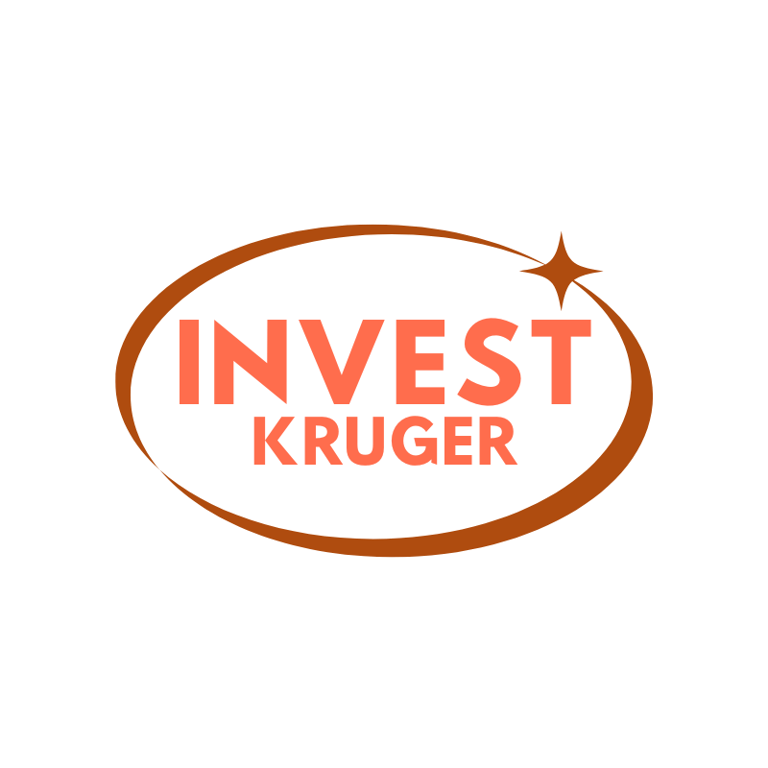Fixed Income
Have you ever wondered how to make your money work for you without taking big risks? Fixed income might be the answer you're looking for. In this article, I'll show you how this type of investment can be an excellent strategy to achieve your financial independence, even if you're just getting started.
5/4/20253 min read


What is Fixed Income and Why Should You Care
Fixed income is a category of investments where you lend money to an institution (bank, government, or company) and, in return, receive interest for a predetermined period. It's like becoming the "bank" for a while!
The big attraction here is predictability: unlike variable income (such as stocks), with fixed income you already know how much you'll earn even before investing. This brings security and peace of mind for those who don't want to lose sleep over their investments.
Types of Fixed Income Investments You Need to Know
Treasury Bonds
The favorite of beginners! These are bonds issued by the federal government with excellent security and liquidity.
Treasury Selic: Follows the basic interest rate
Treasury IPCA+: Protects your money from inflation
Fixed Treasury: Rate defined at the time of purchase
CDs (Certificates of Deposit)
When you invest in a CD, you're lending money to a bank, which pays interest in return. They usually offer higher returns than savings accounts and are protected by the FDIC (Federal Deposit Insurance Corporation) for values up to $250,000 per individual and institution.
Mortgage-Backed and Agricultural Credit Securities
In addition to good returns, they have an unbeatable advantage: income tax exemption for individuals! Mortgage-backed securities are linked to the real estate sector, while agricultural ones to the agricultural sector.
Corporate Bonds
These are bonds issued by companies to raise capital. They offer higher returns but also involve a higher risk compared to the previous options.
How to Start Investing in Fixed Income Today
Getting started in the world of fixed income is simpler than it seems:
Define your financial goals (short, medium, or long term)
Open an account with a brokerage firm or digital bank
Register with the Treasury Direct (to invest in government bonds)
Start with small amounts (many options allow you to start with $100)
Gradually diversify among different types of fixed income
Sounds complicated? Believe me, it's not. Especially when you have a reliable guide to follow.
Common Mistakes That Can Compromise Your Investments
Even in fixed income, there are pitfalls that can significantly reduce your gains:
Ignoring inflation: An 8% annual return seems great, but if inflation is 6%, your real gain is only 2%
Not considering liquidity: Some investments have lock-up periods or penalties for early withdrawal
Forgetting about taxes: Taxation can consume a considerable part of your returns
Concentrating investments in a single institution: Increase your security by diversifying
The Perfect Fixed Income Strategy For Each Investor Profile
For Conservative Investors
Focus on Treasury Selic bonds, CDs from major banks, and mortgage-backed/agricultural securities with daily liquidity. Security is your priority.
For Moderate Investors
Add Treasury IPCA+ bonds, CDs from medium-sized banks with higher returns, and some corporate bonds from solid companies.
For Aggressive Investors
Include longer-term bonds, incentivized corporate bonds, and subordinated CDs with superior returns.
How to Create an Efficient Emergency Fund with Fixed Income
Your emergency fund is sacred and should be invested in highly liquid and secure investments. I recommend dividing it into:
40% in Treasury Selic bonds (next-day redemption)
30% in CDs with daily liquidity
30% in mortgage-backed/agricultural securities with redemption within 90 days
This way, you'll have quick access to money when you need it, without sacrificing returns.
Leave Your Savings Account: Why Fixed Income is Much More Advantageous
A savings account yields only 70% of the Selic rate + TR when the base rate is above 8.5% per year. This means your money is losing purchasing power when we consider inflation.
A good CD, on the other hand, can offer 100% to 120% of the CDI, with the same security and similar liquidity. In a year, the difference can represent hundreds or even thousands of dollars in your pocket, depending on the amount invested.
Fixed Income is For Everyone: Debunking Common Myths
"I need a lot of money to start": False! You can start with just $100 in many options
"It's too complicated": With today's digital platforms, investing is as simple as using a delivery app
"Returns are too low": Compared to a savings account, fixed income can multiply your earnings
Transform Knowledge into Real Results
If you've made it this far, you're already ahead of 90% of people when it comes to fixed income investments. But knowledge without action doesn't generate results.
Would you like to deepen this knowledge even further and create a personalized investment strategy for your goals?
Discover the "Mastering Fixed Income" course - a complete training where you'll learn to build a solid and profitable investment portfolio, even starting from scratch.
In this exclusive training, you'll have access to:
Advanced fixed income diversification strategies
Exclusive spreadsheets to track and optimize your investments
Detailed analysis of government and corporate bonds
A closed community of investors for networking and sharing experiences
Weekly monitoring of the best market opportunities
Don't leave your money sitting in a savings account losing to inflation. Take the next step in your financial journey and start building a prosperous future with the right strategies.
